Shop
-
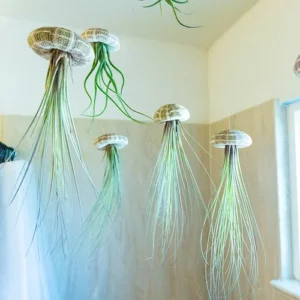
3 Pack of Mixed Airplant Jellyfish
$45.00 Add to cart -

Airplant Jellyfish
$17.00 Add to cart -
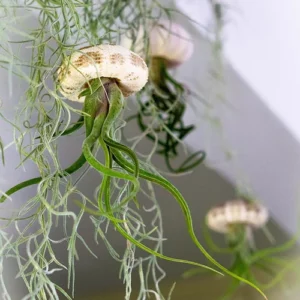
Alfanso Jellyfish Air Plant (Medusae Tillandsia)
$17.00 – $24.00Price range: $17.00 through $24.00 Select options This product has multiple variants. The options may be chosen on the product page -
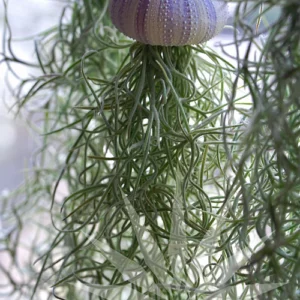
Beautiful Mossfish
$19.00 Add to cart -

Disco Mossfish
$27.00 Add to cart -
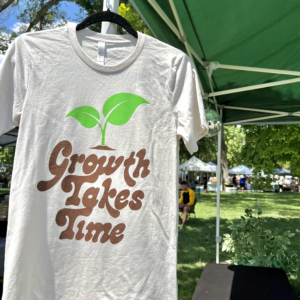
Growth Takes Time T-Shirt, Gardening Shirt, Plant Lover Gift
$24.00 Add to cart -

Heat Pack
$3.50 Add to cart -
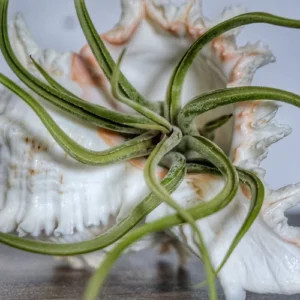
Large Murex Air Plant Design
$37.99 Add to cart -
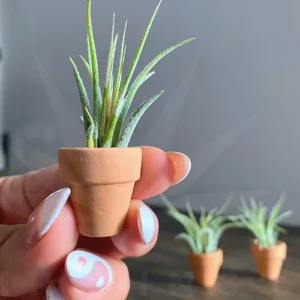
Mini Terracotta Clay Pot
$6.00 Select options This product has multiple variants. The options may be chosen on the product page -
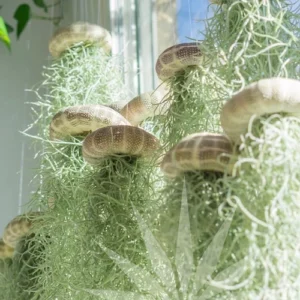
Mossfish
$15.00 – $85.00Price range: $15.00 through $85.00 Select options This product has multiple variants. The options may be chosen on the product page -
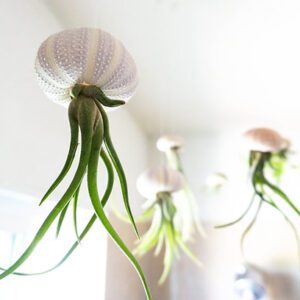
Octopus Airplant
$16.00 – $22.00Price range: $16.00 through $22.00 Select options This product has multiple variants. The options may be chosen on the product page -
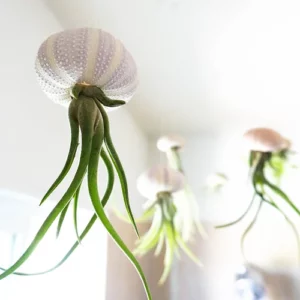
Pack of 4 Octopus Airplants
$56.00 Add to cart -
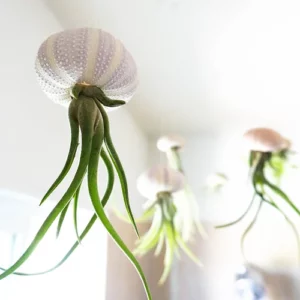
Pack of 6 Octopus Airplants
$84.00 Add to cart -
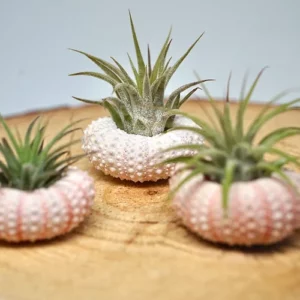
Three Pack Small Pink Urchin Set
$15.00 Add to cart -
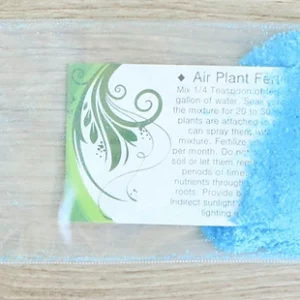
Year Supply of Air Plant Fertilizer
$5.00 Add to cart
Popular Tillandsia Species
Most Popular Questions.
Watering an air plant is the trickiest piece of the air plant care puzzle. Some people swear by misting, others by soaking, and still others use a combination of both misting and soaking in their air plant care regimen.In my experience, watering air plants is tricky because the needs of the plant vary dramatically with the space in which it is placed.
The first step to watering your air plant is to evaluate your space.
How much light is your plant receiving?
What is the temperature in your home at this particular time of year? Is the space very dry (is your plant near a heater or fireplace?) Or is it very humid?
After you answer these questions, you can adapt the air plant watering regimen to suit your particular needs.
Here’s what I recommend as a starting point:
*Every one to two weeks, soak your air plant in room temperature tap water (or rain/pond water if you can find it) for 10-20 minutes.This all depends on how large your airplant is, as well as it’s environment.
*After soaking gently shake excess water from your plant. Turn it upside down and place it on a towel in a bright space.
This is very important!
Air plants will quickly rot if they are allowed to stand in excess water. From the time soaking ends, the plant should be able to DRY FULLY in no more than 3 HOURS. This is very important because if your plant stays wet longer than this, it willl likely rot. Place it in a brighter place with more air circulation to facilitate faster drying.1-3 hours is the optimal drying time for your air plant after soaking.
*Once a week, mist your plant thoroughly, so that the entire surface of the plant is moistened (but not so much that there is water dripping down into the plant).
The hotter and dryer the air (summer, early fall) the more you need to water. The cooler and more humid the air (winter and spring) the less water your air plant will need. Remember, though, that heaters and fireplaces dry the air!
Do all watering in the morning!
Evening soaking or misting disrupts the plants ability to respire overnight, and extends drying time.
In order to thrive, air plants need bright, indirect light. Rooms with southern or eastern facing windows make good candidates, because these spaces will be brightly illuminated with sun for most of the day. Rooms with north-facing windows work well, too, as long as the plant is placed close to the window, and the window isn’t blocked by trees or a neighboring apartment complex. Western light tends to come late in the day, and can be very hot and intense. Careful – you don’t want to fry your air plant!
As a general rule of thumb, the higher the humidity in your space, the more light is tolerated by the air plant. This means that if you’re putting your air plant where it will receive loads of light, you should plan to mist it more often – twice a week or even daily. A sunny bathroom makes a happy home for an air plant, because the humidity from your shower will take care of most plant misting for you.
Many people ask us if they can place their air plant in an office or basement room where it won’t get any natural light. The answer is yes, but there are a few specific rules to follow to ensure your plant’s success.
Full spectrum (fluorescent) light is a must. Regular incandescent bulbs don’t emit the quality of light these plants need to photosynthesize. Your Tillandsia should be placed no further than 3 feet from the light source. Also if you’re going to use fluorescent light, the plants will need, at minimum, 12 hours per day.
If you live in a basement or want to have an air plant in your office, we recommend buying a special bulb for your plant (such as a Gro-Lux, Repta-Sun or Vita-Lite) and setting it on a 12-hour timer, so your plant gets all the light it needs to survive.
Signs of under-watering your air plant include the leaf tips turning brown or crispy. The natural concave shape of air plant leaves tends to become more exaggerated when under-watered.
Unfortunately, if your air plant has been over-watered, it’s often too late to save it. If the base of the plant turns brown or black, and leaves are falling out or off from the center, your plant has likely succumbed to rot.
Air plants are pretty easygoing when it comes to their temperature. They do best between 50-90 degrees F. Ideally, overnight temperatures will be about 10 degrees cooler than daytime temperature.
Incorporating orchid or Bromeliad fertilizer into your watering regimen once or twice a month is a great way to keep your air plant happy. Just add a pinch to your water and proceed as usual. Fertilizing your air plant encourages it to blossom and reproduce (or pup — more on this later)
If you use the fertilizer with every watering, use 1/10-1/6 tablespoon per gallon of water. If you fertilize once a week you should use 1/4 tablespoon, and if you only fertilize once every 2-4 weeks use 1/2 tablespoon per gallon.
Click on the image below for the exact fertilizer I suggest.
Like air plants in small glass vessels, you probably won’t be able to soak your mounted air plant. However, since they’re not contained to a humid, micro-climate like aeriums, mounted air plants will need even more frequent misting. I recommend starting with twice weekly misting, and adjusting as necessary, depending on how long it takes your plant to dry in your space.
Tillandsias are tropical plants that usually live for several years and will bloom and produce flowers only one time during their lifetime. The flowers are striking and brilliantly colored, and the bloom period will last several days to many months, depending on the species. Different species bloom at different times, also depending on their care and environment. A plant will most likely go into bloom sometime between mid-winter and mid-summer.
Around a plant’s bloom time, they’ll produce offshoots, or “pups.” You’ll notice the pups have a separate and distinct center of their own, distinguishing them from the other leaves. Once the pup reaches at least one-third the size of the parent plant, the pup can be removed by gently pulling it apart from the parent. Hold both the parent and the pup at their bases and gently twist in a downward motion. You can also cut the plants apart using a clean razor blade, slicing as far down the pup stem as possible. Each pup will follow the life cycle by growing into a parent plant, blooming and producing pups of it’s own.

